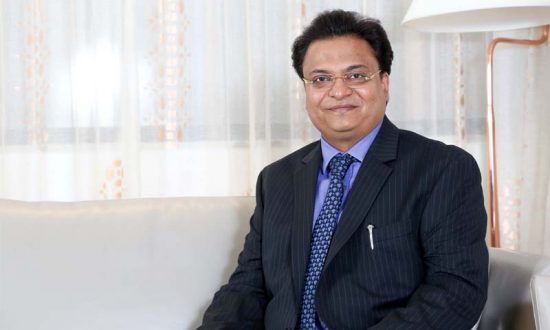Technology is the mainstay of the modern world. Therefore, it has a critical role to play in modern agricultural practices also. But looking at an average farmland, one will find it almost conspicuous in its absence. Entering the third decade of the new millennium and at a time when India has earned a reputation for its technological prowess, one needs to introspect why India’s agriculture is still stuck in the previous century. We have reached space and under the sea, and yet agriculture remains one of the most labour-intensive sectors. The bigger issue is, even in the 21st century, Indian farmers are dependent on Monsoon rain and struggle to fetch the right price for their produce when both the issues can be solved with the help of technology. With a growing population to feed and a need to improve their own earnings, it is only imperative that farmers in India leverage technology more.
Tech interventions that agriculture needs
Some of the aspects of farming need quicker technological support than others. These are weather forecast, climate-resilient seeds, more irrigated land, availability of finance or credit facility, and market link and access. Right from in-hand use of mobile applications and drones to back-end technologies such as artificial intelligence (AI) and big data can help farmers measure soil salinity, pH balance, and soil fertility. AI-enabled tools make it possible to generate solution-oriented data indicating weather conditions, type of suitable soil, etc. while analytics provided by big data at the back end provide crucial real-time insights such as whether the techniques are working to identify what changes are needed to prepare for better output. Realising the potential of such cutting-edge technologies, Government of India schemes such as Pradhan Mantri Fasal Bima Yojana (PMFBY) has chosen to integrate AI technology to reduce the time to settle farmers claims and has signed a memorandum of understanding (MoU) with IBM to monitor the agriculture sector.
Role of policymakers and business important
Despite the obvious benefits of adopting technology, the ground reality is that farmers, especially those who are elderly, are reluctant, which adversely affects the uptake. They seek help from the younger generation to solve any problem that may need using an app or searching on the internet. In absence of any such help, they seek help from the credit officers of the bank or go to their nearest KVK. They are unable to see the value of investing in the cost of purchasing a smartphone since an accidental drop in the field will lead to a cost that they find avoidable, not realising that the availability of any information they want without depending on someone can improve their efficiency manifold.
While academia remains the cradle of innovation, it is largely up to the right policies and profitability that help them scale in a free market. The policymakers must devise ways to enable academia reach the farming lands and conduct their experiments real-time outside the ‘ideal conditions’ of their laboratories. Besides, provisions must be created to enable costly technologies being purchased by the government bodies or panchayats and leased out to farmers – a case in point can be the Pusa decomposer, invented by the scientists of Indian Agricultural Research Institute (IARI). A product straight out of the laboratory faces a trust barrier. The Delhi government took the initiative of reaching out to the farmers and convinced them to use it under the guidance of IARI scientists. Similarly, the government may get in touch with smartphone manufacturers to bring out versions suitable for farmers use with pre-loaded apps at a rate suitable to the end consumer. This will help the farmer use the necessary apps without undergoing the hassle of installing it and feeding common information.


